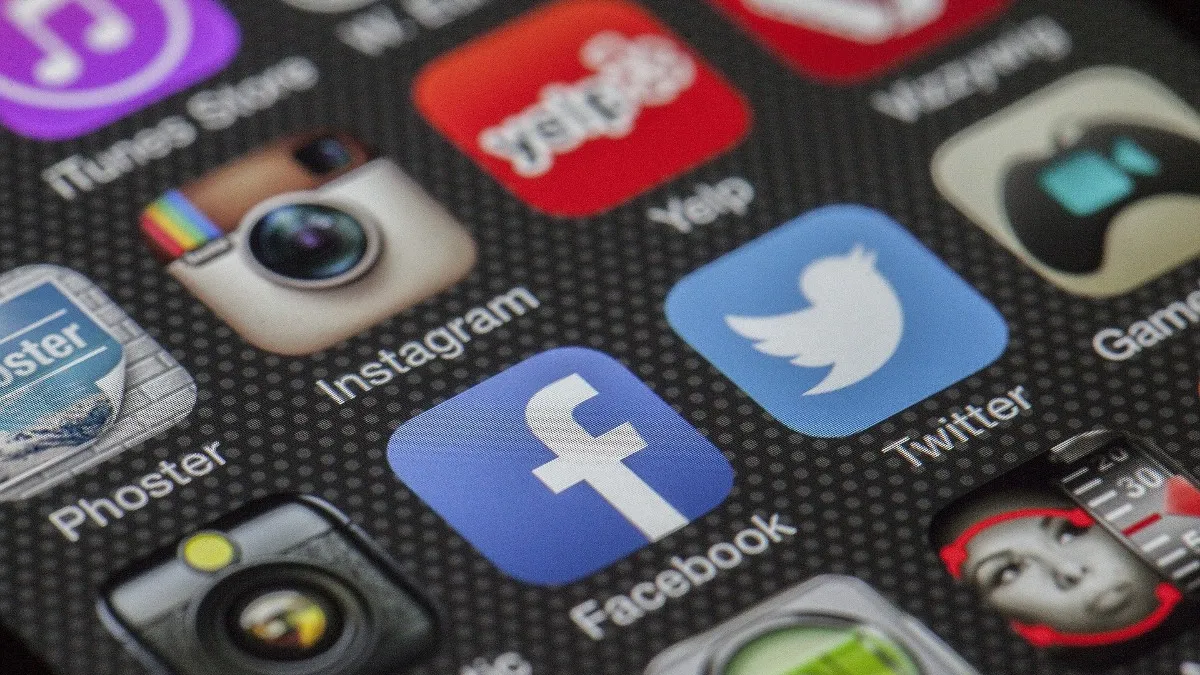Dive Brief:
-
Facing ongoing threats of school violence, some districts are implementing services to monitor the social media accounts of everyone living in the immediate vicinity, including unrelated adults, with one company called Social Sentinel watching over all local posts for key phrases that could foretell a school shooting, Education Week reports.
-
Though there are reports that this type of surveillance has thwarted some attacks, they also reveal comments about self-harm and suicide, leaving districts in a gray area of having important information that, if shared, could infringe on students’ privacy.
-
Some technology companies are also offering services that monitor all of a student’s school messages and emails for potential threats. The company Gaggle claims it found 577 imminent threats of attacks or plans of violence between June and December 2018.
Dive Insight:
Sifting through students’ social media accounts, email and chats is likely to rake up plenty of muck, but most of it will be harmless and private. The monitoring may occasionally thwart a potential threat, but the rest of the information gathered falls into the realm of lost privacy.
Surveillance of social media follows a line of hardened school security measures, including measures like in-school video surveillance and metal detectors, that some critics argue make students feel like they are learning in a prison rather than a warm, welcoming school environment. Students in New York protested the use of these cameras, claiming the camera’s presence made them feel more vulnerable and exposed. Attention to these concerns has only grown in recent years amid a focus on building positive school culture.
In addition to loss of privacy, surveillance can also be a pathway to identity theft, with data that potentially collected from facial recognition technology spotlighted as a potential target. While vendors tout their ability to collect all this student data, little is said about how that data is protected and who has access to it.
Districts say protecting students from school shootings is their No. 1 concern, though criticisms of hardened security efforts have included questions of how measures like facial recognition software could thwart an attack if the perpetrator was a student or faculty member already scanned into the system. But on the social media front, many school shooters did make concerning posts online prior to their attack, and the argument could also be made that any social media post is in the public realm and therefore does not qualify as private. Also, students should be aware that all conversations made via email or chat through a school’s server are not private, either.
Protecting students comes at a cost, and part of that price may be the loss of privacy. However, before districts invest resources into any surveillance system, administrators and the community should weigh the importance of safety versus the feeling of oppression that many students experience when they feel they are always being watched — as well as how community members may react if the system wrongly flags them.







 Dive Awards
Dive Awards




